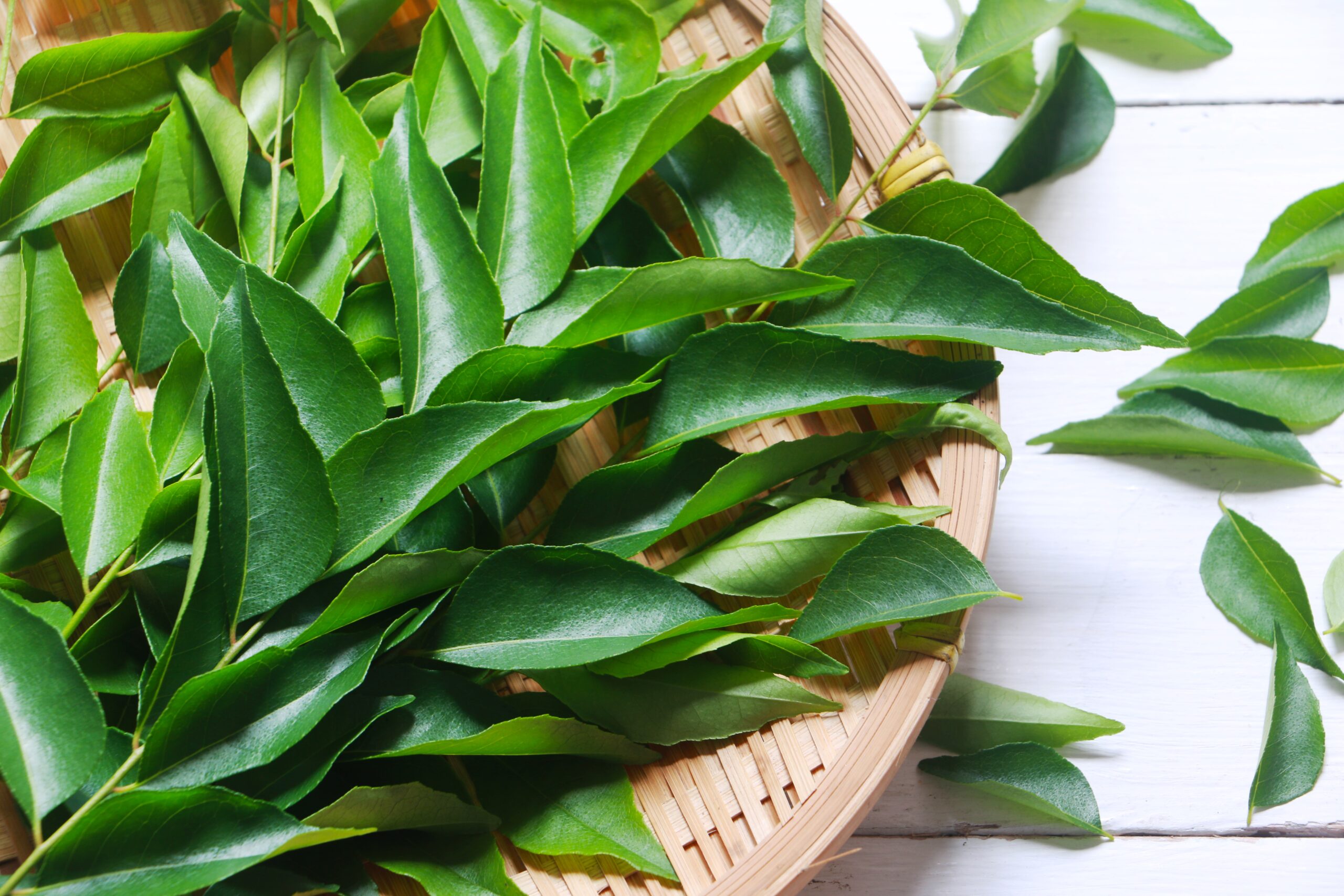Beyond its culinary allure, curry leaves pack a punch of nutrition and earn a special place in traditional medicine systems.
Native to the Indian subcontinent, the curry leaf has played an integral part in the world of cooking and becoming a staple ingredient for many South and Southeast Asian communities.
It is revered in many ways by different cultures for its flavour and medicinal properties and its usage ranges from the auspicious to the mundane. In the Sultanate, families can be seen deep frying the leaves with a variety of nuts; to be served over Eid activities.
Its flavour and aroma are distinct, and it is pretty common for one to walk into a household to find curry leaves being tempered in oil.
Despite popular belief, curry is not a spice but rather, a fragrant. The curry powder that sits in your jar in the kitchen, may be considered a spice mix, and it may be called curry, but only a small part of it is made of actual curry leaves.
Many have the plant, scientifically known as murraya koenigii, growing in their backyard, either out of convenience or necessity, like 72-year-old grandmother Hajah Jamilah, who prefers to mix them in a flour batter with nuts to make savoury crackers.
You can see these kinds of crackers being sold in the more traditional open-air markets across the country like Tamu Kianggeh at the capital.
The small, shiny, green leaves of the curry tree boasts a plethora of nutrients, rich in vitamins including vitamins A, C, B, E and K while containing iron, calcium and magnesium.
The leaves also contain antioxidants and phytonutrients which contribute to their health-promoting properties, earning them a fundamental ingredient in traditional medicine preparations.
Snacking on them actually promotes hair growth and is capable of improving skin health. In hair care, boil a handful of curry leaves in coconut oil until they turn black, and then the oil is applied to the scalp.
Additionally, with its anti-inflammatory properties, ingesting these leaves may contribute to your overall well-being. Curry leaves aid in digestion by stimulating the secretion of digestive enzymes. It also manages diabetes where compounds found within the leaves may help lower blood sugar levels.
With its unique taste that is in large part, citrusy, nutty and a bit bitter, curry leaves are diverse in its usage. In Indian cuisines, this ingredient makes up the base of a variety of dishes including, dals, chutneys and buttermilk.
They can be added in stews and soups, or used as a seasoning in stir-fry dishes with rice, lentils and vegetables.
There are two main types of curry leaves: the regular ones (murraya koenigii) and the sweet neem curry leaves type (murraya koenigii var omphalocarpa).
They share similar flavours and nutrients, however, they can be slightly told apart in appearance and its growth behaviours.
Curry leaves are just as perishable as other greens and it is best to buy them fresh; bright green and aromatic. They are yellow and wilted when bad.
To prolong freshness, they should be stored in the refrigerator, either in their original packaging or wrapped in a damp paper towel and placed in a sealed plastic bag.
Despite its medicinal values, individuals with allergies should still avoid them at all costs.
For those trying curry leaves for the first time, consume a small portion while observing any adverse effects.
If you’re on specific medication or suffering from a medical condition however, individuals should consult healthcare professionals beforehand.
Curry leaves, with all its health benefits is undoubtedly a gift from Mother Nature.
Beyond its role of making food taste better, its continued usage is a testament not only to its medicinal values, but its value within centuries of cultural wisdom.
As you throw in a couple of curry leaves into your favourite dishes, bear in mind that you are also including well-being into your diet with the superfood that is the curry leaf. – Rizal Faisal



